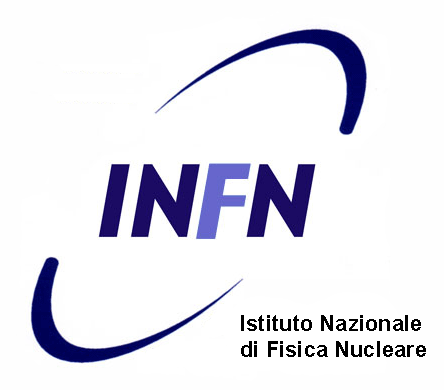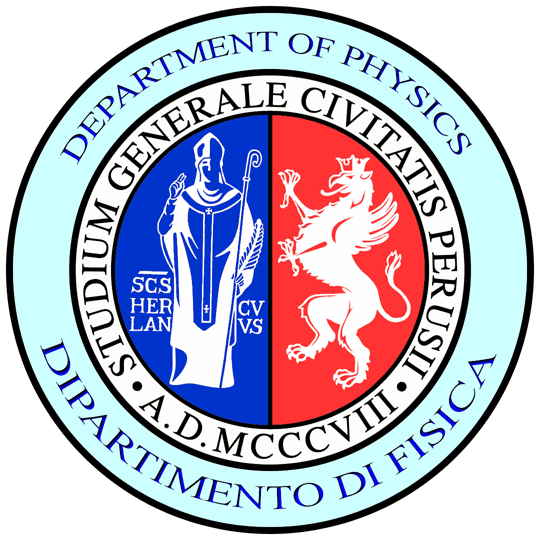Oscar Trippella
PhD Student in Physics - INFN & University of Perugia, Italy
Thesis
Manster Thesis - The 13C(α,n)16O reaction rate. Recent estimates, new measurements through the Trojan Horse Method and their astrophysical consequences.
Tutors: Busso Maurizio Maria and Spitaleri Claudio
This thesis is mainly dedicated to the new measurement of the cross section for the 13C(α,n)16O reaction through the Trojan Horse Method (THM).
The 13C(α,n)16O reaction is considered to be the main neutron source for s process in low mass AGB stars, in the radiative interpulse phases.
About half of elements heavier than iron are produced through the so-called s process, which involves a series of subsequent neutron captures and beta-decays. The typical stellar environment in which this reaction takes place corresponds to T ∼ 0.08 - 0.1 GK, not covered by previous direct measurements.
In this context a new experiment was performed at the Florida State University by measuring the sub-Coulomb 13C(α,n)16O scattering within the interaction region via the THM (Spitaleri et al., 1999), applied to the 13C(6Li,n16O)d three-body reaction in quasi-free kinematics condictions. The measurement wants to explore very low energies (below 280 keV) very important in stellar interiors and not present in literature. I then illustrated my activity data reduction concerning position and energy calibration for involved detectors. The final result is not complete yet because the data analysis is still in progress and will be completed in the next months.
In order to know the possible astrophysical consequences of the measurement I performed a parametric study, by varying the reaction rate accepted today (Drotleff et al.1993) by a factor-of-three (in both directions) for the 13C(α,n)13O reaction and performed s-process nucleosynthesis calculations (Busso et al.2001) putting in evidence the effects induced by changes in the rate. In this way the results would imply substantial changes in the abundances of the crucial s-process branching at 85Kr with respect to what is assumed today. Elements far from this region would be essentially unchanged.
Bachelor Thesis - Proton-capture nucleosythesis and mixing mecanisms in the final evolutionary phases of stars.
Tutor: Busso Maurizio Maria
This thesis is mainly dedicated to proton captures in final evolutionary phases of low mass stars. Starting from the observative data, we need to introduce other different mixing phenomena from those suggested in classical theory of stellar evolution (i.e. dredge-ups): we called them as extra or non-convective mixing.
A convective circulation is a process too fast to successfully explain the isotopic abundances of some crucial elements as carbon. A pure dynamic mixing, due to stellar rotation, couldn't fully explain the observations, then we tried to find alternative mechanisms.
In particular, we analyzed both the thermohaline diffusion and the magnetic buoyancy in order to have the right amount of CNO abundances observed in evolved stars. Concerning magnetic-buoyancy idea, derived from a difference of pression between magnetized zones that are less dense than the surrounding material, we obtained good results also for the lithium. In fact, Li provides important informations on the necessary speed of the mixing mechanism. In order to produce 7Li, before it is destroyed through proton or electron captures, we need to preserve 7Be in the envelope. In particular, the 7Be halflife for electron capture is about 53 days; so only an efficent transport mechanism can cross the radiative zone in small times.
In this context, we suggested two different kind of mixing models for both situations: the A model is caracterized by bubbles of material, created by local instabilities of flux tubes and having great speed (some km/sec), while the B model moves larger quantities of material, but it is slower than the other one (just some cm/sec). The last one can be generated from different physical phenomena, so both the thermohaline mixing and the magnetic mixing can produce it. On the contrary the A model is possible only if a magnetic dynamo drives the mixing mechanism, with a a continuous energy supply provided by stellar differential rotation (its real indirect cause), generating toroidal flux tubes: the so-called magnetic buoyancy.
As a consequence, the isotopic CNO abundances can be explained by both two mechanisms, while for lithium production the only available possibility is the magnetic buoyancy or model A. Then, the magnetic mixing is the suggested mechanism, providing very different velocities, in order to justify the observed abundances.

